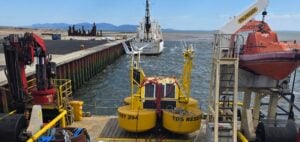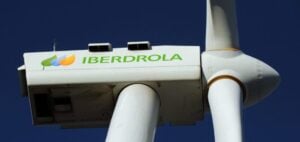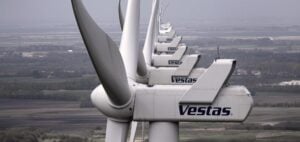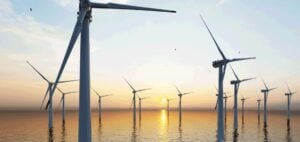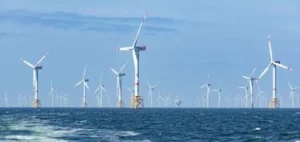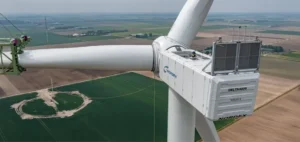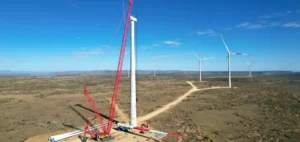Spanish energy giant Repsol has begun generating electricity in its first renewable energy project, located in the provinces of Palencia and Valladolid. The project, named PI, includes seven wind farms that will have a total installed capacity of 175 MW when completed.
First successes in Castilla y León
Repsol has successfully connected the first wind turbines of the project to its grid. They are located in the La Serna wind farm and are already producing 100% renewable energy on an experimental basis. At the end of its commercial operation, PI’s seven wind farms will produce 596 GWh of renewable energy annually, which is equivalent to the consumption of more than 427,000 people.
Expansion of renewable activities
Repsol continues to develop its renewable activities, such as its Delta II project in Aragon, which includes 26 wind farms with a total capacity of 860 MW. Four of these parks are already in operation, with a total capacity of 160 MW, following the recent commissioning of the San Bartolomé I and II parks. Construction of the remaining 18 wind farms will begin once the administrative procedures have been approved. At the end of its operation, Delta II will generate electricity for nearly 800,000 homes and avoid the emission of more than 2.6 million tons of CO2 each year.
Other important assets of Repsol
Repsol already has other important operational assets in Spain, such as the Delta I wind project in Aragon with 335 MW and the Valdesolar photovoltaic plant with 264 MW. The multi-energy company has also obtained Environmental Impact Statements for projects totaling over 600 MW of installed capacity.
Repsol’s target for installed renewable energy generation capacity is 6 GW by 2025 and 20 GW by 2030. The company worked with EIP and Crédit Agricole Assurances to boost its renewable business. Repsol also continues the international expansion of its renewable activity in South America with its alliance with Ibereólica Renovables. The first joint wind farm, Cabo Leones III with 189 MW, is already in operation.



